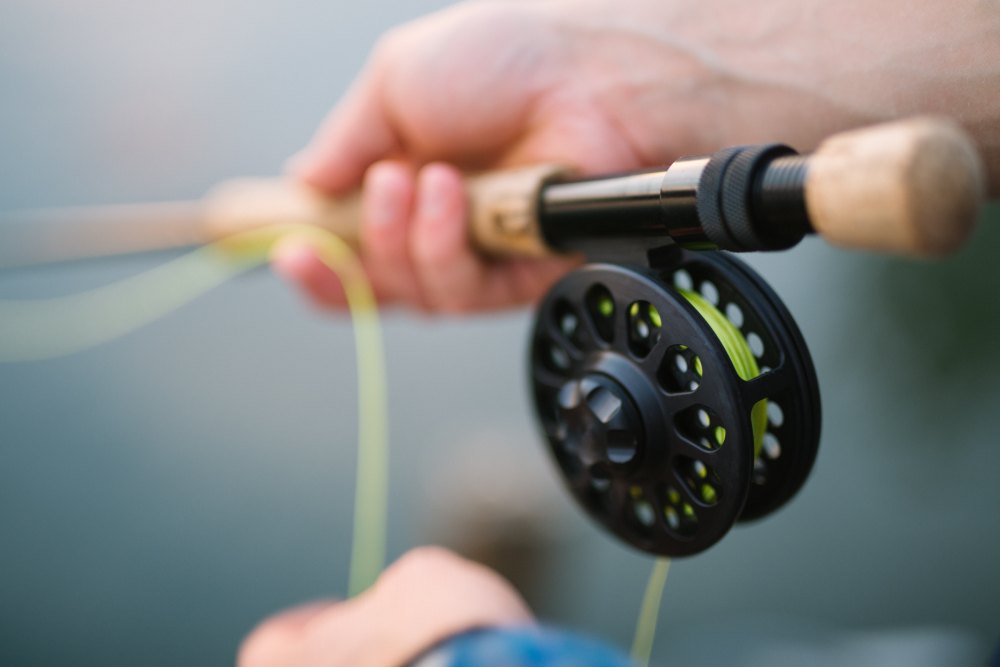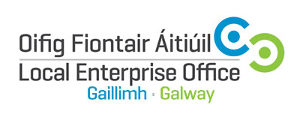Galway Fishing Information

Corrib River Fishing
The Corrib River drains Lough Corrib and its tributaries, including Lough Mask and Carra – a catchment of 1,212 square miles – into Galway Bay. It is 5 and miles long and flows through Galway City. It is owned and managed by the western fisheries board. This is one of Ireland’s top salmon fisheries, with good spring, grilse and autumn runs of fish.
The water level on Lough Corrib is controlled by a weir with 16 hydraulic gates. This weir is located about 4 and miles below the point where the river flows out of the lough. The first fishery reaches from the friars cut, at the lough, to the Weir. This water is deep and slow. It holds salmon, coarse fish and brown trout. Anglers troll and spin here for salmon and trout and coarse fishing is done here too. Salmon fishing is with permission of the salmon fisheries board.
The next fishery down is what anglers refer to variously as ‘The Weir’ or ‘The Galway Fishery’. It stretches some 250 yards down from the Weir itself, to the Salmon Weir Bridge in the heart of the city. It is this stretch of water, every season, thousands of salmon anglers make their applications to fish. The fishing for spring salmon, which average 12lb, can begin as early as 1st February, depending on the water levels.
Lough Corrib Fishing
The Corrib as it is affectionately known, has to be one of the world’s great game fisheries. It stretches crescent-like around Connemara from Galway City for over 30 miles to Maam bridge and offers a magnificent variety of angling challenges over a long season.
That season begins on the 15th of February and the first trout are taken on trolled baits, though artificial flies will also give results in sheltered bays, even this early in the season. Serious fly fishing begins in mid-March with the first fly hatches, large chironomids, know locally as duck fly. This fly hatches in sheltered bays with good weed growth on the bottom and a depth from four to twelve feet approximately. The angler can fish chironomid pupae imitations in calm conditions, but traditional fly patterns in sizes 10-14 are much more productive with a nice breeze blowing.


Sea Fishing/Blackrock
Salthill is a number of small sand and shingle beaches interspersed with rocky outcrops. The small beaches can fish well for flounder. Off the rocks you can take mackerel, dogfish coalfish, whiting, occasional bullhuss and conger eel. Fish baits are best, with worm baits good for flounder. The ground can be rough so tackle losses may be high. To the west of the diving tower at Blackrock is a well known mark for bullhuss. Dogfish have been taken here and tope have been reported in the past.
Fishing is not permitted from the diving tower under a local byelaw and anglers should be aware of swimmers in the water at any point in the area.
For more information check out: www.fisheriesireland.ie
